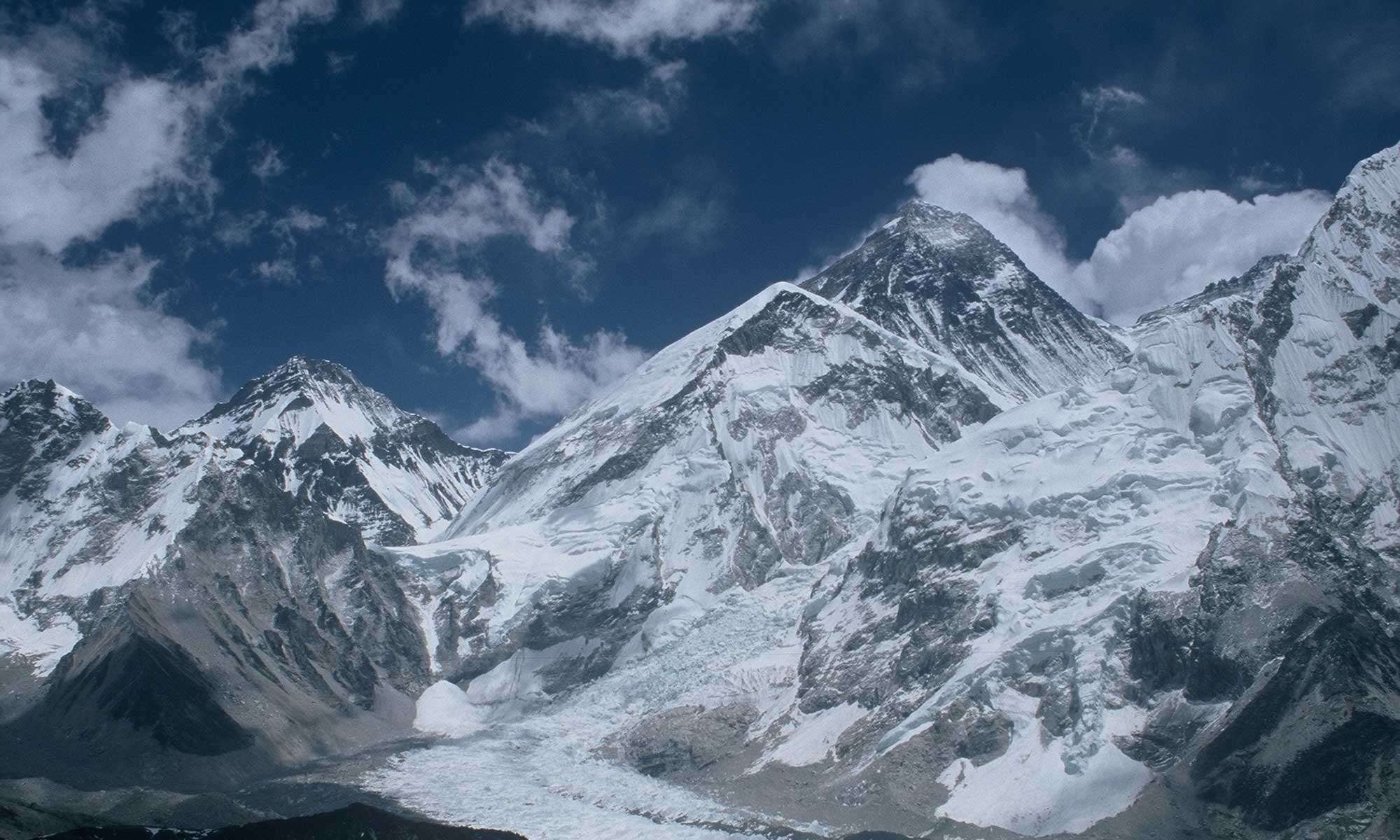The starting signal for the spring climbing season on Mount Everest has been given: A total of nine members of the so-called “Icefall Doctors” team set off this week from Namche Bazaar, the main town in the Everest region, to the base camp on the Nepalese south side of the highest mountain on earth. Six Sherpas specializing in this will prepare the route through the dangerous Khumbu Icefall, over which the members of the commercial expeditions will then ascend from April.
Travel restrictions hold back many climbers
It is not yet clear exactly how many foreign climbers will travel to Nepal to attempt Mount Everest. Austrian Lukas Furtenbach, who is one of the few Western expedition operators to offer Everest this spring, expects 150 to 200 foreign climbers. Lukas points out to me that there are travel restrictions in many countries, such as Great Britain, Australia or New Zealand, which make it impossible to participate in an Everest expedition. The largest group will probably again be sent to Everest by the Nepalese market leader Seven Summit Treks.
Some foreign operators, such as Mountain Madness and Alpenglow Expeditions from the U.S. and Adventure Consultants from New Zealand, have canceled their Everest expeditions originally planned for this spring – citing the corona pandemic: what happens if a client brings COVID-19 into Nepal? What if a climber becomes infected during the expedition? “If a person on a trip was to contract a serious case of the virus, that patient would be utilizing one of the already overloaded ICU beds in Kathmandu that would otherwise be used for a Nepalese citizen,” Adventure Consultants CEO Guy Cotter wrote in February when explaining the cancelation of their Everest expedition.
Hotel quarantine still mandatory
Expedition teams that had purchased an Everest permit in 2020 for the spring season, which was later canceled due to the pandemic, will be able to use the permit this spring with no price increase. A representative of Nepal’s Ministry of Tourism pointed this out to the Chinese news agency Xinhua. However, he said, tourists coming from abroad must have a negative corona test, which must not be older than 72 hours. In addition, foreign tourists are still required to undergo a one-week quarantine at a hotel in Kathmandu.
After peaking in October (around 4,500 new infections registered per day), the number of new COVID-19 cases in Nepal has dropped to around 100 per day currently. According to Johns Hopkins University, a total of almost 275,000 infections have been recorded in the Himalayan state, and more than 2,700 people have died from the virus. The number of unreported cases, however, is likely to be significantly higher.
Tibetan north side probably remains closed for foreigners
Although the Chinese authorities have not yet officially announced it, they most probably will not allow any foreign expeditions on the Tibetan side of Mount Everest this spring because of the pandemic. A year ago, they had only granted Everest permits to Chinese mountaineers. The about 50 summit successes during the only Chinese expedition in May 2020 remained the only ones last year on the highest mountain on earth.



